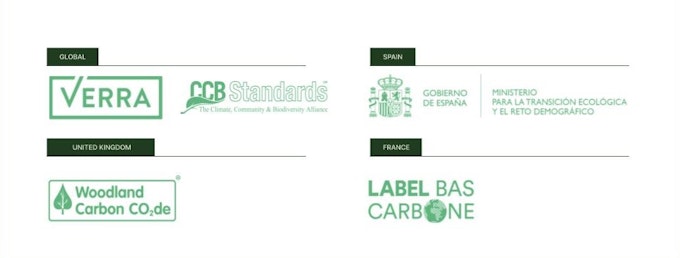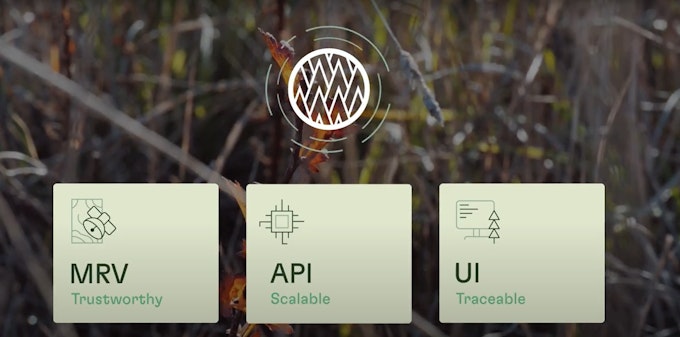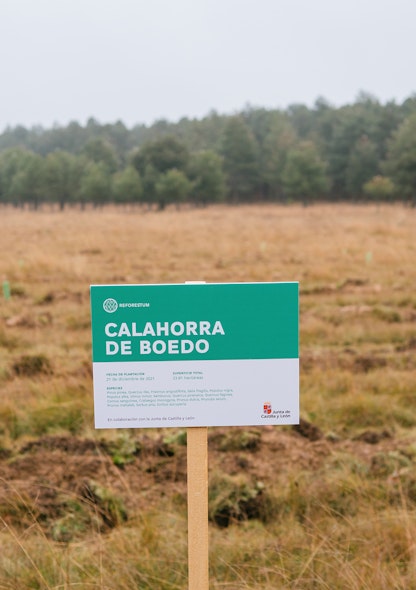4 Tips to buy carbon offsets with confidence
As explained in the second article of our guide to carbon offsets (What makes a good offset), additionality, verified accounting, leakage, permanence and holistic approach are the key areas when considering whether an offset (or future carbon removal) is worth it or not. But the question remains: how do you know that a project is actually fulfilling these requirements?
As a rapidly growing industry, there are clear benefits for organisations claiming that they are funding genuinely impactful carbon-offsetting projects, thereby demonstrating their commitment to addressing climate change. Unfortunately, a degree of greenwashing is still present within the industry, and it can be easy for organisations to make unsubstantiated claims.
In this article, we will explore the various criteria that provide confidence when investing in offsets and future carbon removals and minimise the intrinsic risks associated with them.
What to consider to buy carbon offsets with confidence?
1. Certifications and auditing
The organisations that issue the carbon certifications define methodological standards and principles that offset-project developers must follow, which attempt to guarantee the veracity and the quality of the carbon absorption or reduction of the project. In this context, the non-profit organisation Verra is the most prominent one at a global scale: its methodologies have been applied in more than two thousand projects since 2005, with more than 700 Megatons of CO2 captured or reduced until October 2021.
Official certification -such as through international bodies like Verra, the Gold Standard or through national bodies- ensures that any carbon claims made by a project are made according to the more or less rigorous processes involved in those independent certifications.
Some offsetting and future removals projects may show other certifications such as the Climate, Community and Biodiversity (CCB) standard managed by Verra, which is the leading standard to document and independently certify the positive impacts of projects beyond carbon mitigation.
Regarding national certification bodies:
- In the UK, forestry projects can gain certification via the Woodland Carbon Code. This government-backed scheme provides a quality-assurance standard which assesses the offsetting and general sustainability claims of a forestry project, ultimately granting verified carbon credits to projects which fulfil certain criteria.
- In Spain, the Oficina Española del Cambio Climático (OECC) is the body in charge of developing and managing policies related to climate change, as well as regulating carbon absorption projects and their standards, methodologies, and the relationship between private companies and the national carbon credit market.
- In France, Bas Carbon plays a similar role across a range of carbon-intensive industries such as agriculture and transport, issuing the highest status voluntary carbon credits available regarding emissions that take place within France’s borders.
This not only has the added benefit of providing a reliable third party’s endorsement of a project but is also the most efficient way of assessing a project’s credibility, as well as functioning as a form of audit for an organisation to assess its own practices.
Aside from initial certification, there is a need for projects to demonstrate ongoing transparency and accountability. As in any domain where figures have to be accurately accounted for and independently verified, auditing and monitoring via a qualified and independent third party (different from the certification body and the project developer) are an essential part of ensuring the quality and reliability of an offset.
In the case of carbon offsets and future removals, this means regularly checking that a project is fulfilling the claims it is making regarding the amount of carbon avoided and/or removed from the atmosphere. Examples of auditing bodies are AENOR from Spain, Ecocert from France and TÜV Nord Cert from Germany.
2. Establishing and maintaining a buffer
Another safeguard against risk for an offsetting or removals project is maintaining a ‘buffer’. A buffer refers to maintaining a certain amount of reserve carbon offsetting activity which is not counted towards any carbon removals. It thereby functions as a backup should any ‘reversals’ occur - when the GHG reduction of a project is reversed either through previously offset carbon being released or a failure to achieve the stated offsetting capacity of a project.
Of course, the lower the risk related to a project, the lower the buffer needs to be. Projects that make long-term predictions as to the extent of future removals or which occur in high-risk areas vulnerable to changing political or geographical conditions should always maintain a generous buffer.
Certified forestry projects usually maintain a pool buffer of offsets in the form of credits, which may be released back over time to projects where risks have been successfully mitigated.

3. Diversified portfolio
Other factors to consider are whether an offsetting organisation has a diversified portfolio. Diversity is a form of spreading risk and ensuring resilience when any conditions change and also demonstrates an organisation’s commitment to the specific requirements and considerations of different regions and/or project types.
This not only means ensuring that individual projects implement diverse offsetting technologies and strategies, but means having a variety of types of projects (from conservation to afforestation for example), in a variety of locations and with numerous partners.
Because diversity is so critical to resilience and spreading risk, buyers of offsets and removals should also look to fund a variety of projects, as well as keep an eye out for whether the offsetting organisations they support fund a diverse portfolio of projects themselves.
4. Price
Of course, it is normal to want to get the best deal possible. However, if the price is too low, this may prove a false economy. That doesn’t mean that you can’t find value for money, but simply that a good offset means more than high volume at a low price.
Firstly, offsets and future removals have to be priced sufficiently high to act as a deterrent for organisations and individuals to emit CO2 in the first place. Without drastic reductions in the amount of carbon we emit as a society, no amount of offsetting will be sufficient.
Secondly, a good offset or future removal means more than simply planting a tree in the ground. It takes time and money to accurately analyse the permanence and risk of a project within its context, to demonstrate proper accounting standards, to ensure carbon remains securely stored, to factor in and support wider ecological and human priorities, and to meet the rigorous criteria for official accreditation.
So what is a good price? Various attempts have been made to put an optimal price on carbon to both ensure additionality and disincentivise carbon-emitting activities. Offsets prices in the voluntary carbon markets are often below the range that would help transform the economy as needed, but are experiencing fast increases as demand is growing rapidly in a supply-constrained environment. Regardless of the price at which an offset can be purchased, organisations that want their offset investments to have a positive impact on the planet and society will have to carefully weigh two factors: market value versus the likelihood of meeting quality standards.
The Reforestum approach
As explained in the previous article in this series, Reforestum nurtures its portfolio and that of its clients of forestry projects that meet all the criteria for good offsets, based on our experience and collaboration with key market players.
Additionally, as part of Reforestum’s essence, we believe that in this rapidly-growing industry building trust is crucial to engage with stakeholders and ensure a project’s genuine and long-term impact. In fact, one of our core values is to enable and generate trust in all of our activities across project stakeholders.
That means creating trust with customers buying the offsets and removals we support, through providing transparency across our projects and providing tracking tools that are easy to use. All of our software is designed with a view to enabling greater trust in our growing market. So, what are we doing concretely to build this trust?
Certified projects only
Every project is certified and externally audited according to the highest global standards, comprising a diversified portfolio, where a range of prices are offered according to the cost of an effective offset or carbon removal based on its type and location.
Reforestum considers it our responsibility to pursue a diverse portfolio of projects and assure the overall systemic resilience of the offsets and removals we sell. We only work with the highest quality projects and partners and obtain the highest standard industry certifications, such as the ones mentioned above.

Technology to provide traceability and transparency
Where Reforestum goes most above and beyond is in the area of traceability (including from the ability to monitor whether an offset has actually taken place, or whether a future removal has a realistic probability of occurring, to the ability to visualise in an intuitive and collaborative platform which companies or individuals own environmental assets) and transparency (making it as easy as possible to understand and verify the claims associated with an offset or future removal project).
Reforestum’s technology provides traceability and transparency based on three pillars:
- A user-friendly platform that allows companies to showcase their environmental efforts and engage with their stakeholders, and allows users to calculate their carbon footprint and invest in forestry projects to neutralise it, as well as to monitor the projects they support. In this sense, Forest Shares developed by Reforestum are particularly important: they are forest units, each demonstrating a portion of a project a client has funded by representing a certain area on a digital map.
- Monitoring, Reporting and Verification (MRV) system, that processes satellite images through Artificial Intelligence and estimates the carbon sequestration of projects in near-real-time used through.
- Integration system with other software - We provide our corporate customers with API (Application Programming Interface) that integrate with their IT systems and allow them to issue environmental assets in real-time, for example when trading goods via e-commerce.
Do you want to know more about our projects and platform? Do you want to know how we build trust around high-quality forestry projects through our platform? Contact us and say hello!





